Leaf By Niggle, Heaven In Stories
A couple weeks ago I read Leaf by Niggle, which is not as silly as it sounds. Leaf by Niggle is one of the short works that comprise The 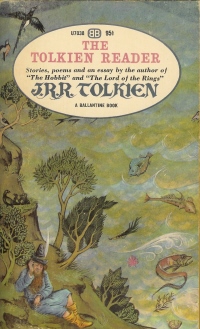 Tolkien Reader, a collection of Tolkien works I have owned for years and only just read. It gives me real satisfaction to have read it; it makes me feel that there is some point to all those books that I bought on the cheap and that are now getting dusty in boxes, shelves, underneath my bed. My family has said I’ll never read them, as if anybody asked them.
Tolkien Reader, a collection of Tolkien works I have owned for years and only just read. It gives me real satisfaction to have read it; it makes me feel that there is some point to all those books that I bought on the cheap and that are now getting dusty in boxes, shelves, underneath my bed. My family has said I’ll never read them, as if anybody asked them.
But back to Niggle, which is, as I recall, the subject of this essay. I assumed, judging purely by the title, that it would be one of Tolkien’s light fairy tales, played with humor – like The Hobbit, or Farmer Giles of Ham. And it did have some humor, and a fairy tale mien, but it didn’t remind me of The Hobbit, or Lord of the Rings.
It reminded me of The Great Divorce, by C.S. Lewis.
Leaf by Niggle and The Great Divorce are very different works, and in the ways that these two great authors diverge from each other. Perhaps their most significant difference, in matters of substance, is that Lewis is much more direct in tackling things – hence Aslan as Christ (or perhaps Christ as Aslan), and Lewis’ wholly undisguised (but humorous!) needling of progressive people.
Stylistically, Tolkien’s works are more timeless, making few references to modern times and certainly never anchored in them. The Screwtape Letters and The Lion, the Witch, and the Wardrobe – Lewis’ most famous fictional works – are plainly set in the milieu of World War II. Tolkien, by contrast, stays in the lost past.
These differences hold in Leaf by Niggle and The Great Divorce. In Niggle you won’t find frank discussions of purgatory and predestination, or any use of Napoleon, bus stops, or sirens. Yet Niggle, with its trains and hospital and bicycle, does have more modern trappings than any other Tolkien story I have read, and this aids the resemblance to Divorce.
But what really creates the similarity is two things: One, both stories use death by another name to send their hero on a journey that ends in their enlightenment; and two, both stories are to be read in much the same way. Lewis called The Great Divorce a fantasy, and Leaf by Niggle is written like a fairy tale. Neither should be interpreted too literally.
It would be disturbing if either Tolkien or Lewis were trying to describe, or even guess, exactly what happens after death; it’d be hard to take Leaf by Niggle and The Great Divorce if they were a fictionalized 90 Minutes in Heaven, trying to tell us what it’s really like. But of course Lewis doesn’t believe that ghosts in hell take bus rides to heaven, and no one can think that Tolkien thinks that death is taking a train ride to a hospital, where if you’re good they’ll let you take a train ride to the country. The fantastic events of these stories aren’t like photographs, showing facts, but prisms through which to see the truth.
The truth Lewis was after was the great divorce between heaven and hell. Leaf by Niggle, a shorter and gentler book, was about only heaven. That was what surprised me, and made the story more than I had expected – and, from the pen of J.R.R. Tolkien, I hadn’t been expecting anything too shabby.
Far from trying to describe the indescribable, Leaf by Niggle suggests in broad, imaginative strokes that glimpses and tokens of heaven are around us, that there is an ultimate fulfillment and reconciliation of things lost and unfinished, that though we and this world have gone awry, we may yet become what we always should have been.
There is on e sense in which Leaf by Niggle hardly touches heaven, and this, too, it shares with The Great Divorce. In both stories, mountains loom in the distance, and the characters must journey on to them, for truth and for joy. But the mountains remain distant, and neither Tolkien nor Lewis tries to tell the real glory of heaven.
e sense in which Leaf by Niggle hardly touches heaven, and this, too, it shares with The Great Divorce. In both stories, mountains loom in the distance, and the characters must journey on to them, for truth and for joy. But the mountains remain distant, and neither Tolkien nor Lewis tries to tell the real glory of heaven.
Because a skilled artist, like a wise man, knows his limitations. What no eye has seen, or ear has heard, or mind has conceived, no author can tell. But the hope of it is enough, and it is the unexpected power of Leaf by Niggle.
































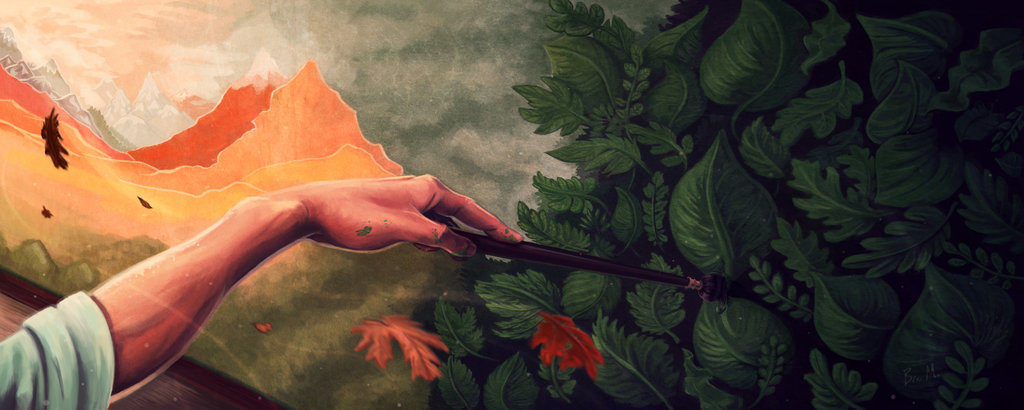
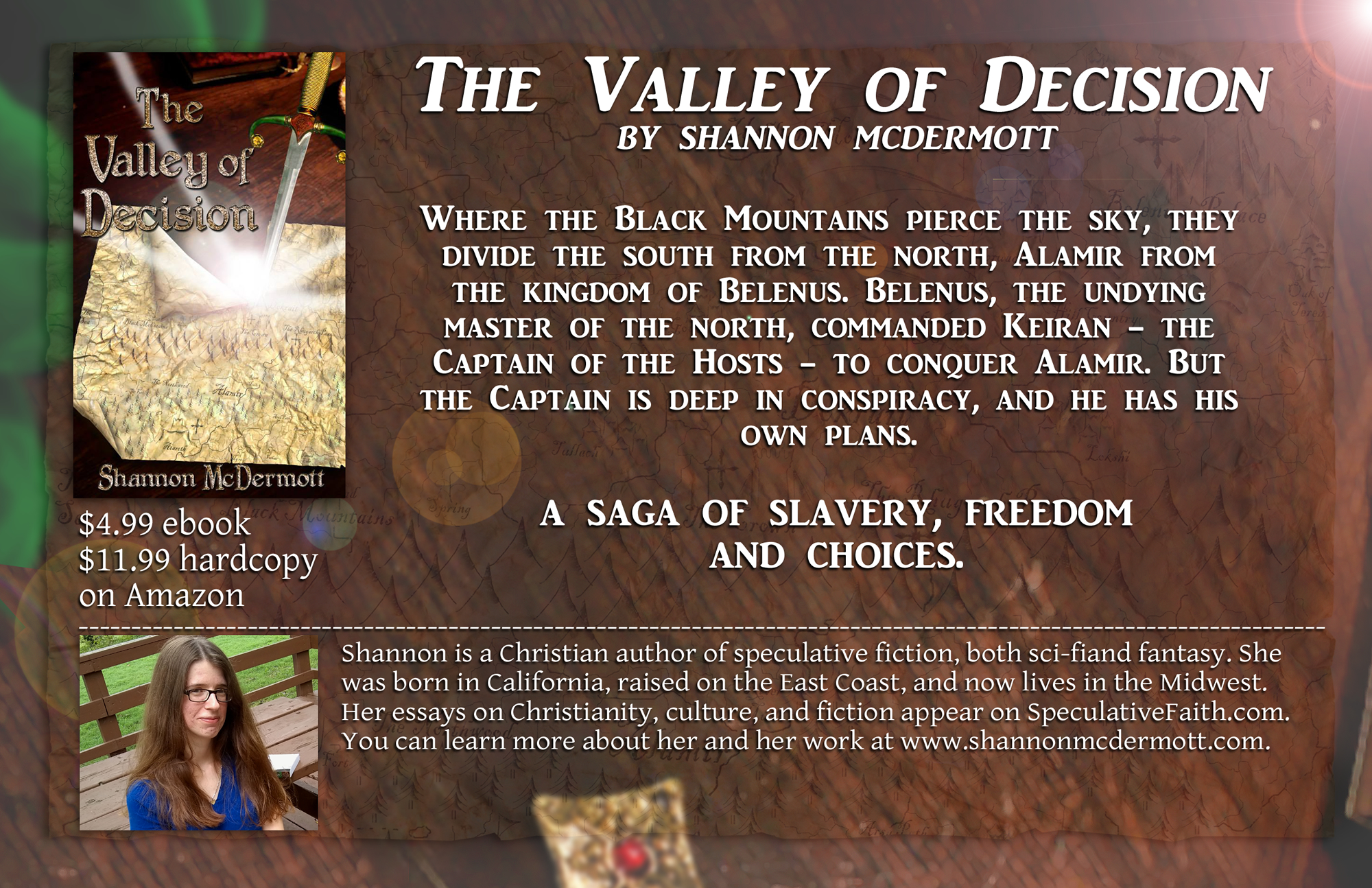
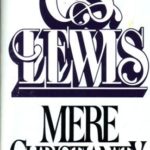
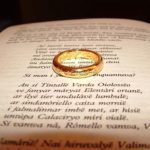
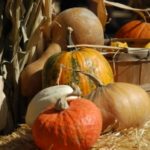
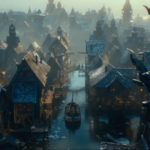




I love both of those stories, just as glimpses of what cannot be described.
This one brought me to tears when I was extremely unhappy last year, when I discovered it in a library’s old copy of Tree and Leaf. I felt and often feel incompetent and incapable of doing anything real, so the theme of the story and the character of Niggle really connected with me.
The Great Divorce is one of Lewis’s masterpieces, demonstrating how he can be so human and readable and so densely intellectual at the same time, how he murders even the genre distinction between fiction and non-fiction. But it doesn’t mean as much to me as ‘Leaf By Niggle’ does.
I actually wondered if Tolkien felt a little like Niggle, too, and Middle-earth was his own painting that he never finished. Tolkien wrote all his life, and the only full-length works he ever completed were The Hobbit and The Lord of the Rings.
But we all have unfinished business, which is why Leaf by Niggle touches so deep.
I wasn’t familiar with Leaf by Niggle, Shannon. Thanks for introducing me. This is a delightful post.
I particularly love this line:
I tend to think that’s a pretty accurate description of all fiction, or perhaps of fiction as it should be.
Becky
Thanks, Becky. 🙂 I hope you look up Leaf by Niggle someday; I think you’d enjoy it.
I don’t really like Leaf by Niggle, though I understand it. It’s not that he takes a train to a hospital, but to a workhouse (purgatory.) Or even a prison, and in it he learns the value of things like a prisoner does, by being unable to do anything but focus on the constant, grinding moment. The idea of heaven as “gentle treatment” really made God seem too much like a jailor/warden for my comfort.
In a way its consolation. The things you try to make and ultimately fail at will be awaiting you in heaven. But evoking the existential despair the story does really sours the message.
I thought of purgatory, too, and Tolkien’s Catholicism lends credence to that interpretation. But Leaf by Niggle is rather vague on the point, and much clearer on heaven, which mattered to me more.
Part of Niggle is, I think, that we find what we’ve lost in heaven – God restoring to us what the locusts have eaten. But there were tokens of heaven in Niggle’s painting, and heaven – and only heaven – was the real fulfillment of all his longings. Niggle, in his painting, glimpsed the mountains, but only by going on the journey could he ever actually come to the Mountains.
It actually reminded me of Lewis’ The Weight of Glory, and Tolkien’s Athrabeth Finrod Ah Andreth: “But do you know that the Eldar say of Men that they look at no thing for itself; … that if they love it, it is only (so it seems) because it reminds them of some dearer thing? Yet … where are these other things?”
Athrabeth Finrod Ah Andreth– I love that part of the HoME, but that particular volume is so hard to find anywhere!